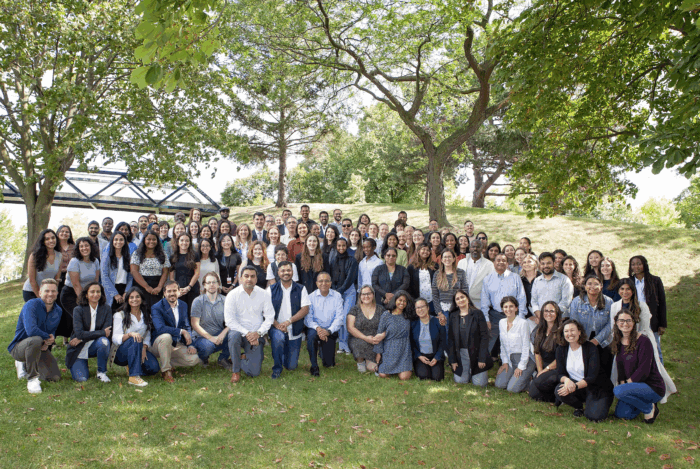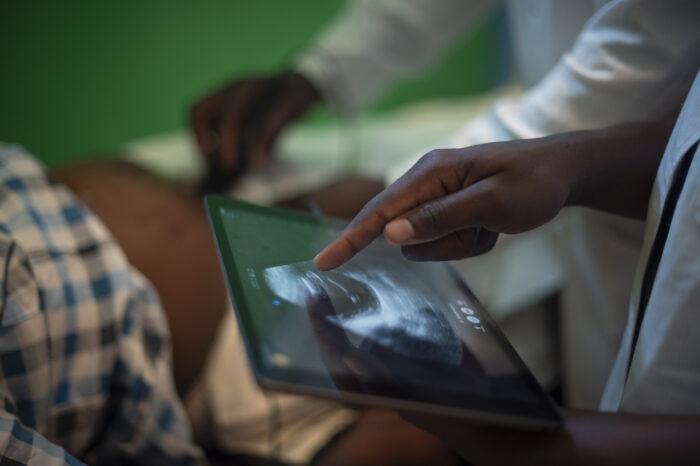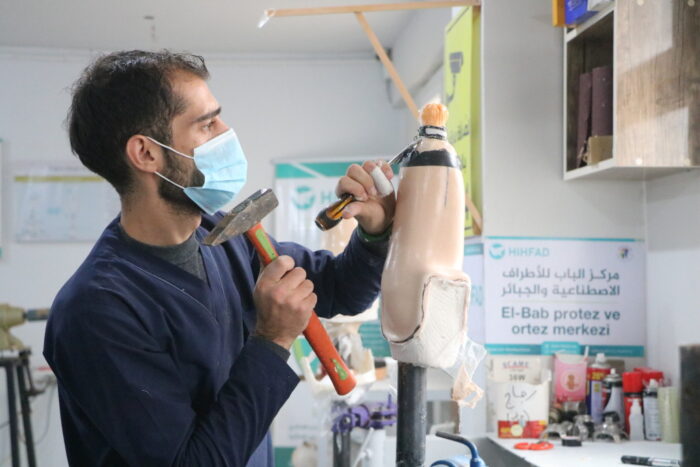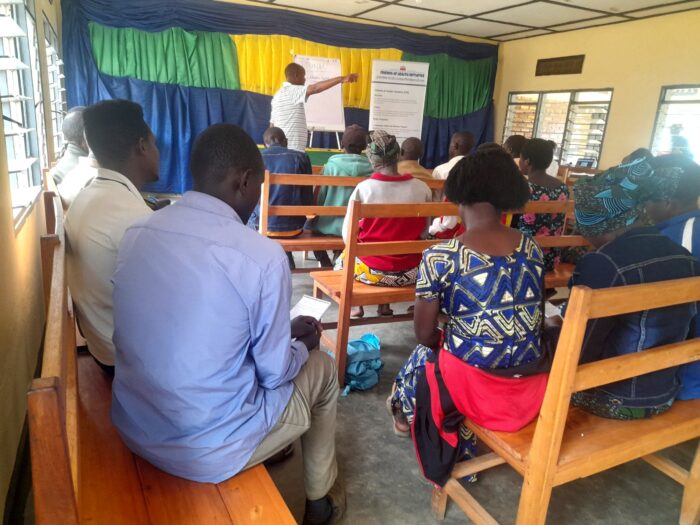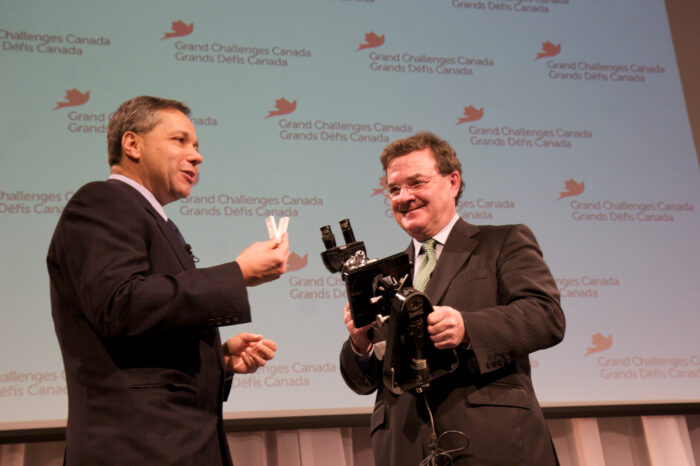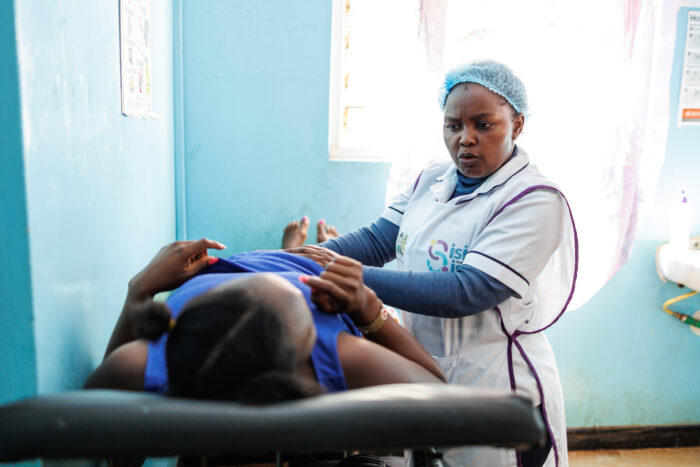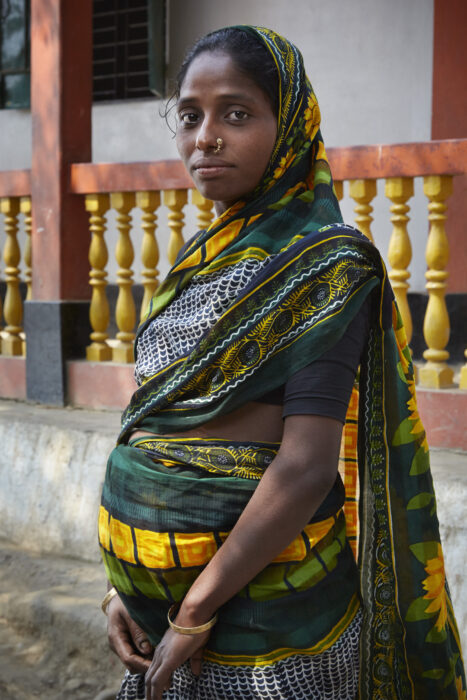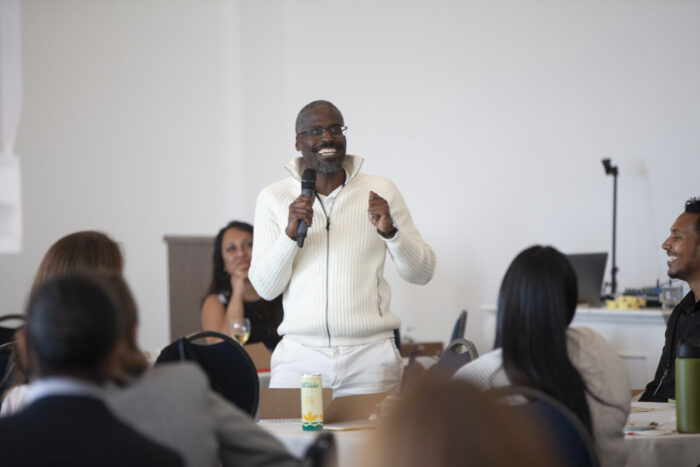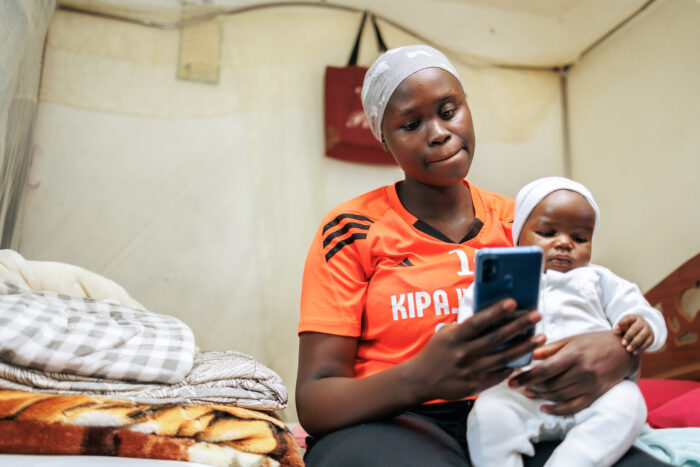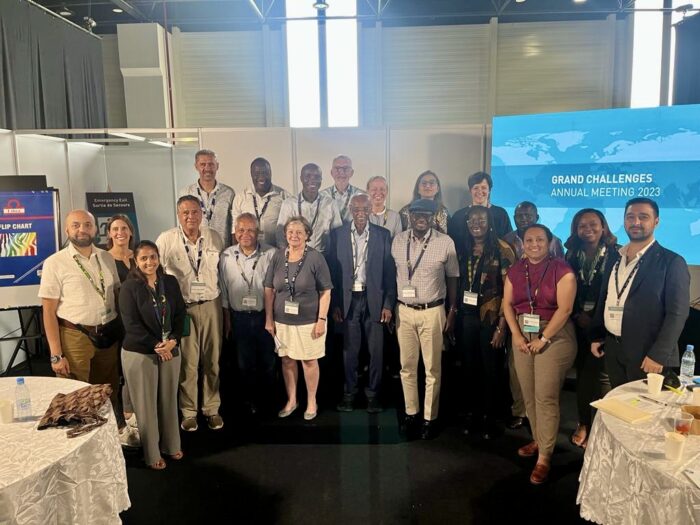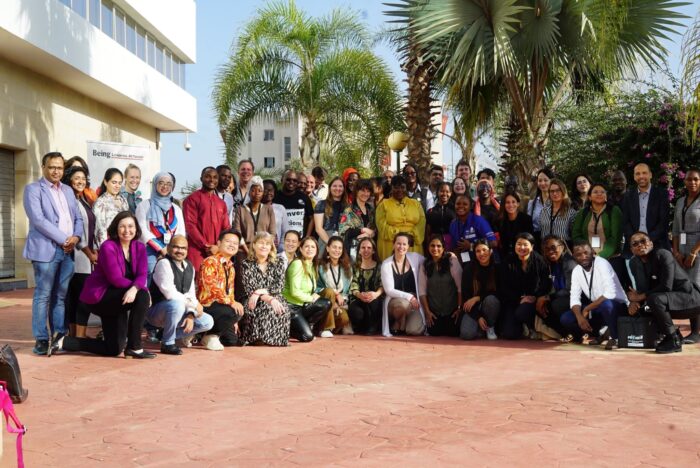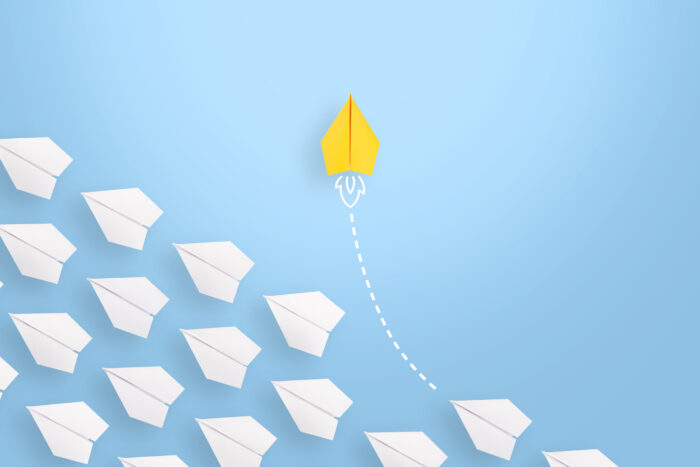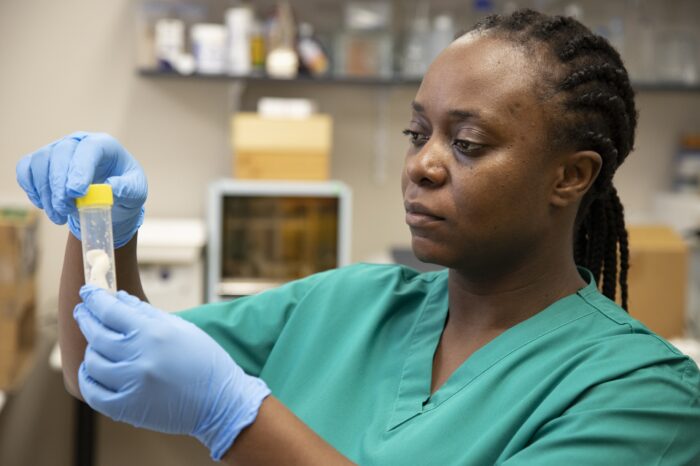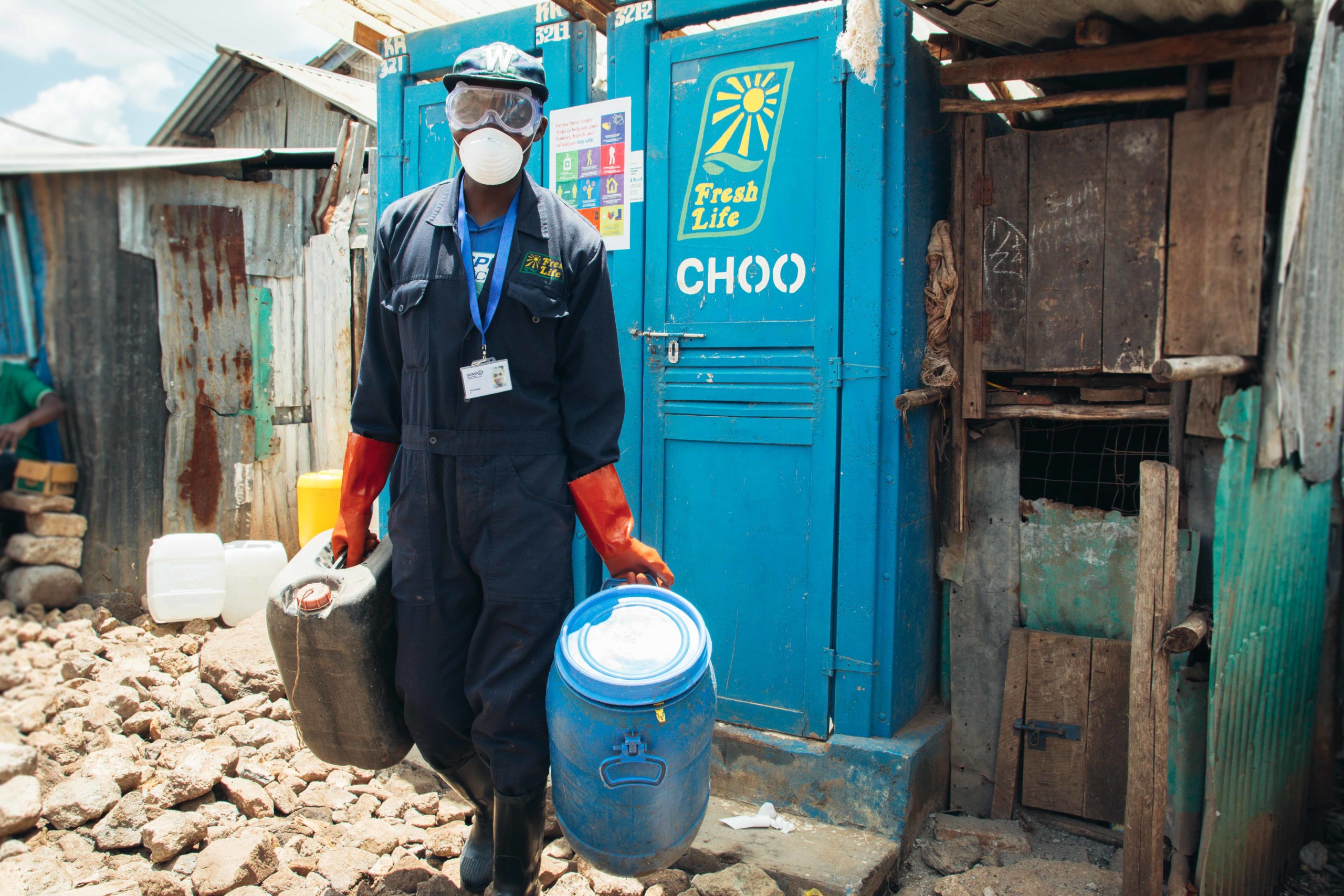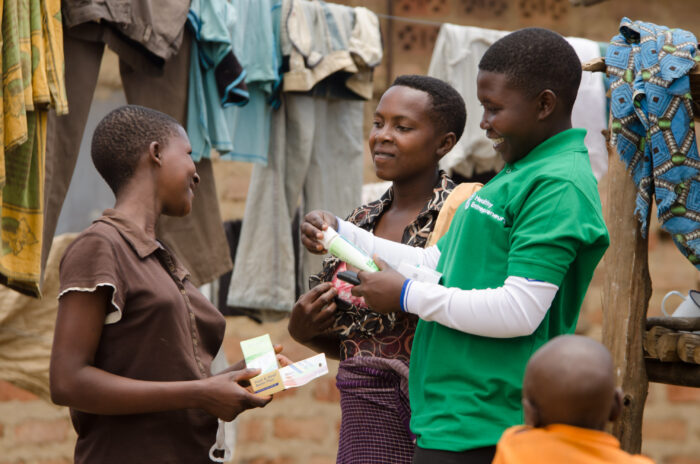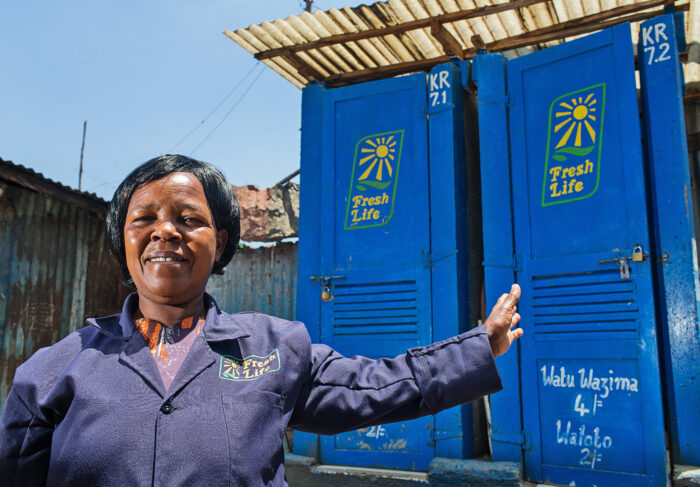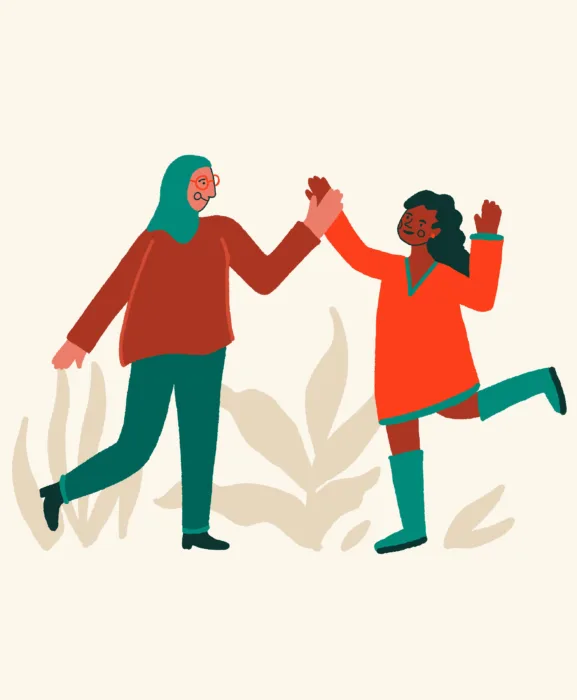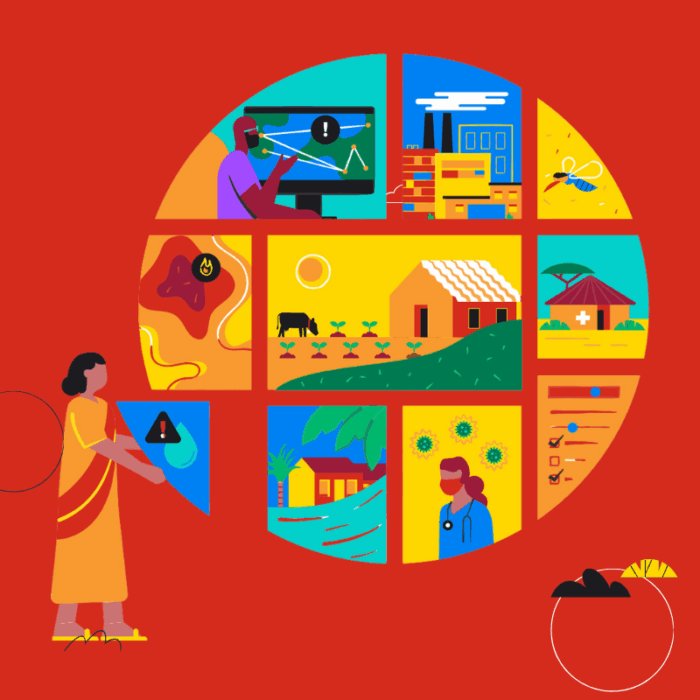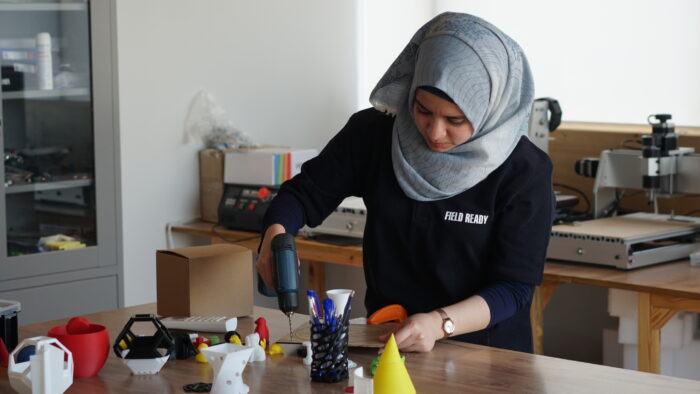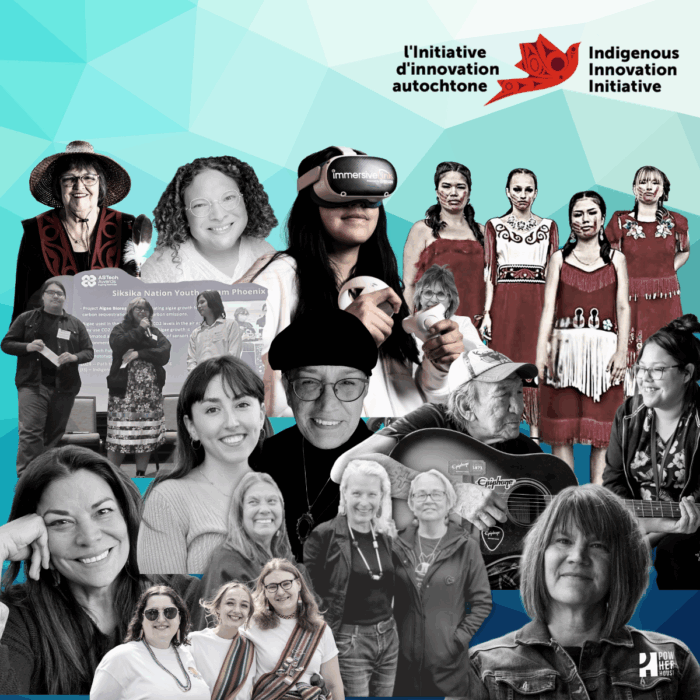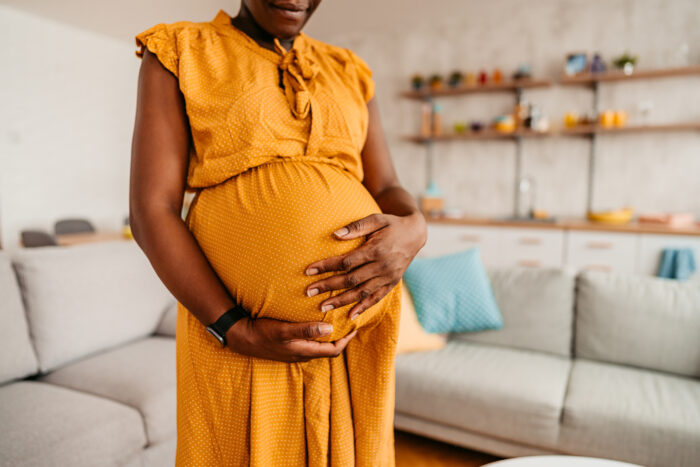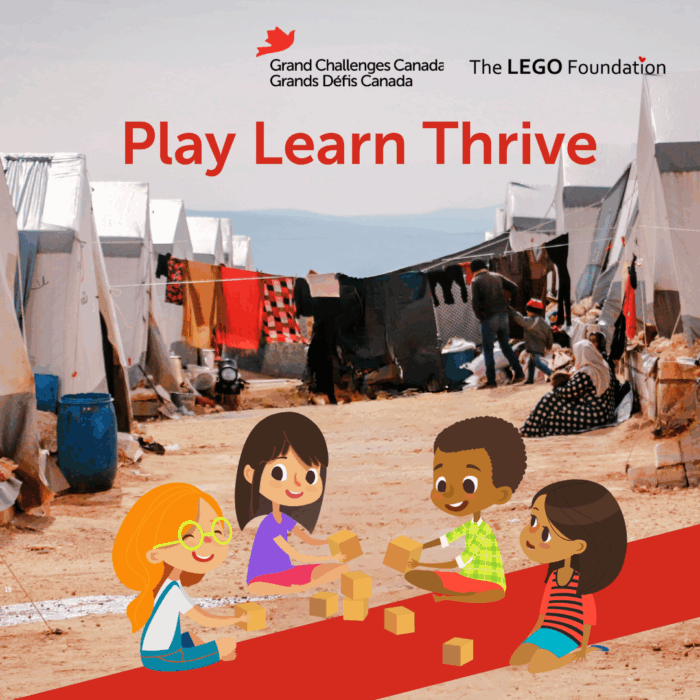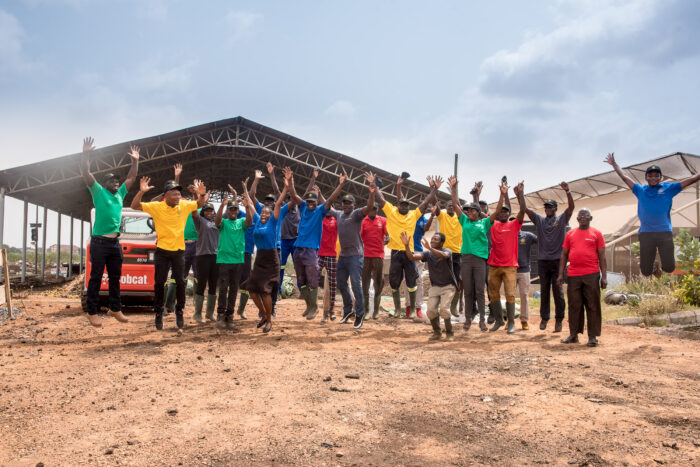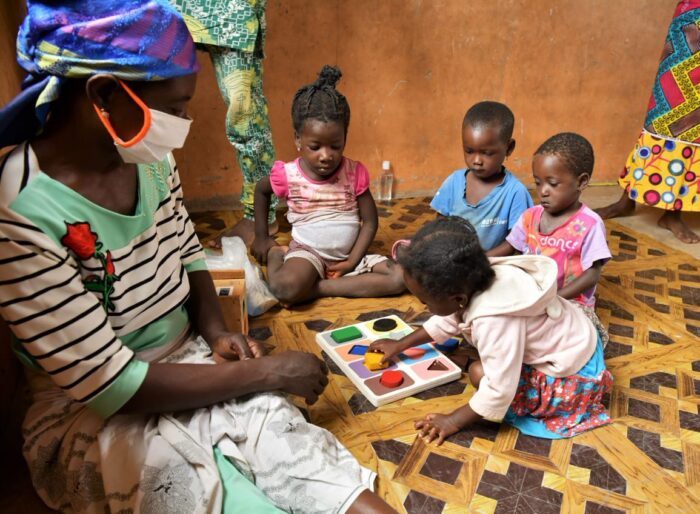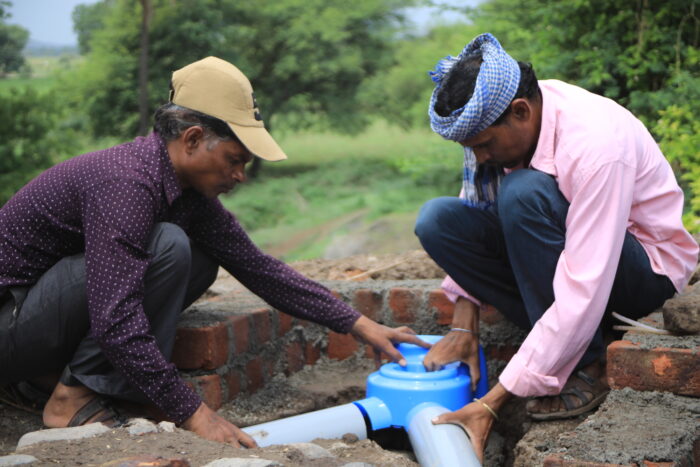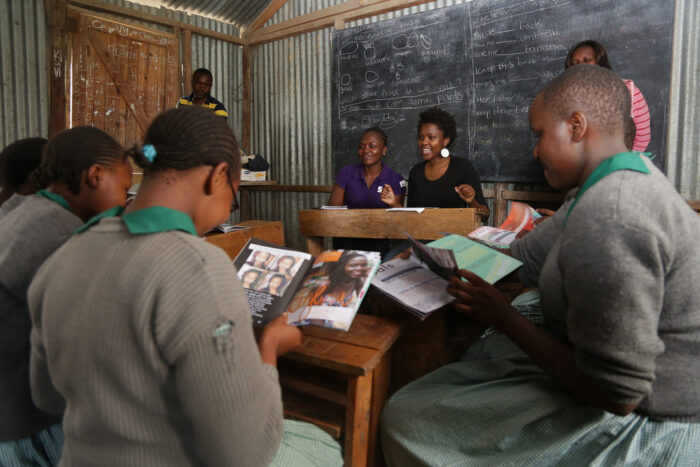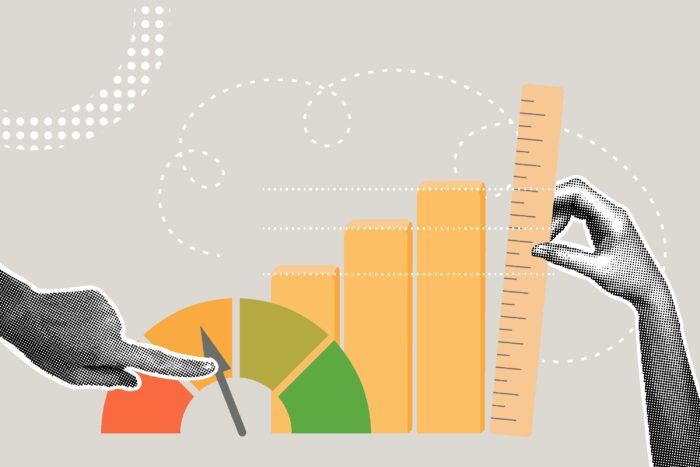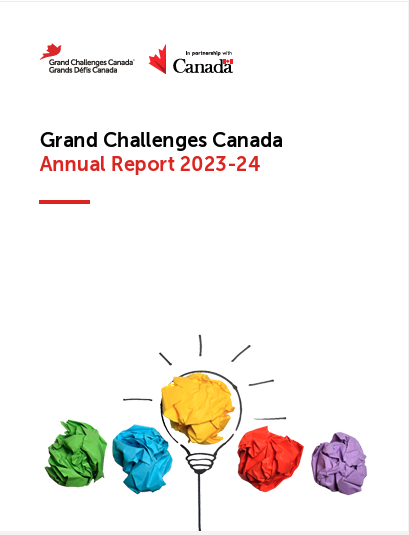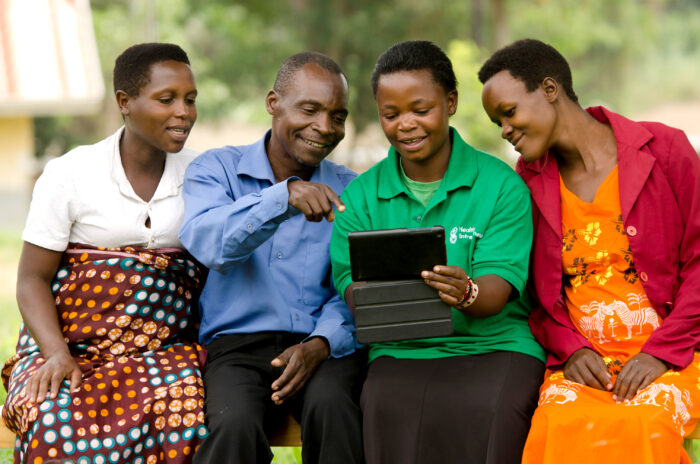Gender lens investing
Funding women to innovate in what we traditionally think of as “women’s health” is necessary for gender equality—but not sufficient.
We go further.
We are a gender lens investor. That means we fund with the deliberate intent to advance gender equality, and we integrate gender considerations at multiple stages of our funding process. Our approach is rooted in the belief that addressing structural inequalities is essential to achieving sustainable development.
As a proud partner of the Government of Canada, Grand Challenges Canada aligns with Canada’s Feminist International Assistance Policy, which prioritizes gender equality across all areas of development. Through our gender lens investing approach, we contribute directly to Sustainable Development Goal 5: Achieve gender equality and empower all women and girls.
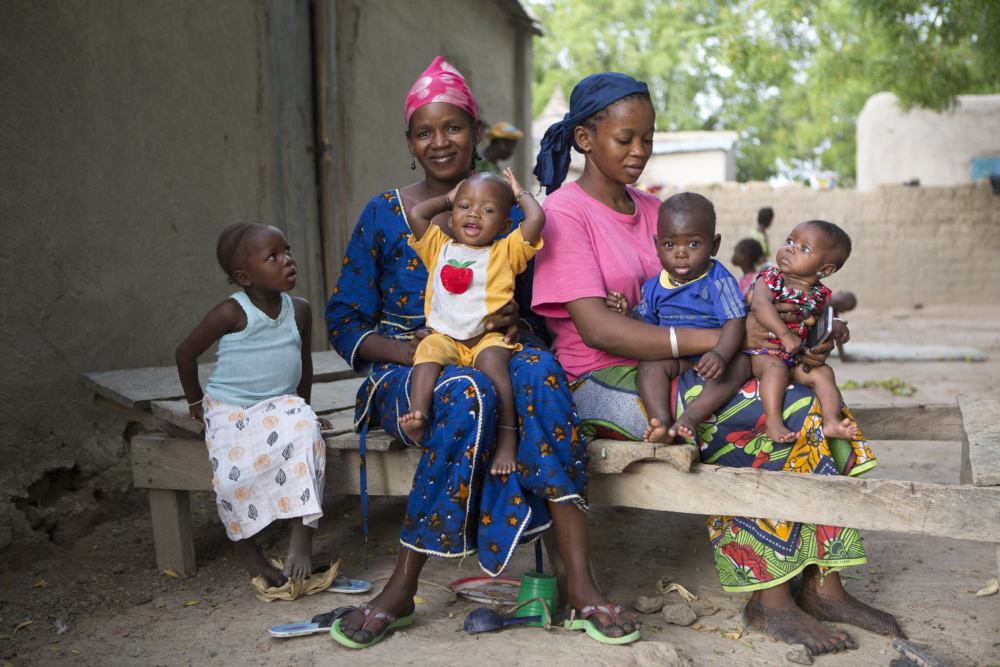
How we invest
Our gender lens investing strategy shows up at every stage of the innovation journey:
We prioritize the right challenges.
We focus on bold ideas that have the potential to fundamentally shift gender power dynamics. This includes a long-standing emphasis on maternal health and sexual and reproductive health and rights.
We reframe what counts as “women’s health.”
While conditions exclusive to women are important, we recognize that issues affecting women, girls, and people of diverse genders often show up differently—and disproportionately. Our funding approach reflects this broader understanding.
We integrate gender in due diligence.
At the Transition to Scale stage, every innovation is assessed for gender equality integration. We work with innovators to identify feasible and context-specific approaches to strengthening gender responsiveness.
Our investments reflect our commitment.
Today, over 96% of the innovations we’ve supported at the Transition to Scale level have actively integrated gender equality considerations into their design, delivery, or measurement.
Tools & resources
We’ve developed a suite of tools and resources to support innovators, policymakers, investors, and funders seeking to embed gender equality into their work. These materials reflect our experience and learning over more than a decade of investing in health and development innovations.
Gender white paper
Our White Paper on Gender Equality offers an in-depth look at how Grand Challenges Canada integrates gender across its funding strategy and programs. It includes frameworks, examples, and reflections on lessons learned.

Gender modules
Our gender modules help innovators think critically about how gender considerations can be integrated into every stage of their innovation. Whether you’re applying for funding or refining your approach, these tools offer practical guidance.

Module 1: Introduction to gender analysis
Module 1 introduces innovators to gender equality and outlines questions to consider and steps to take when developing a gender analysis, gender strategy, and gender vision.
Module 2: Understanding gender analysis Issues
Module 2 provides innovators with a list of key issues that they may want to consider in their gender analysis and in developing their gender equality strategies.
Module 3: Explaining the gender equality coding system
Module 3 introduces the gender equality coding system, explains what determines a gender equality score, and summarizes how the gender coding scores are used.
Gender analysis tool
This module introduces the gender equality coding system, explains what determines a gender. The Gender Analysis Tool is a guide for GE 0 and 1 (see Gender Equality Scoring System) health innovators to perform gender analysis informing their gender strategy. The framework examines how gender considerations have been woven through the innovation, their organizations or companies, and how the intervention is influenced and influences the social, cultural and policy environments.
Case studies
Case study: Leg Works
LegWorks is an organization that meets the GE2 criteria (the gender equality coding system is explained in Module 3), and demonstrates their thoughtfulness and intentionality in identifying potential causes of gender disparity, as well as ensuring appropriate design and access.
Case study: Ayzh
Ayzh is an organization that meets the GE3 criteria, and demonstrates their intentionality through not only serving women as beneficiaries, but also having an explicit focus on Reproductive, Maternal, Newborn, Adolescent, and Child Health with a gender-based mission and vision.
Case study: Samagra
Samagra is a for-profit social enterprise that is dedicated to providing access to clean, safe and reliable communal toilet facilities to urban slums in India. Gender equality is an organizational priority and informs Samagra’s structure and approach.
Case study: MAM@Scale
The MAMaZ Against Malaria at Scale (MAM@Scale) project brings a life-saving antimalarial drug to remote areas of Zambia, providing children under 6 years old with immediate pre-treatment for severe malaria at the community level.
Case study: Aerosan
Aerosan Hubs offers public pay-per-use toilet blocks that incorporate women-focused design and the provision of sanitary and menstrual hygiene management facilities. Aerosan’s facilities offer a safe and sanitary user experience for adults, children and individuals with disabilities.
